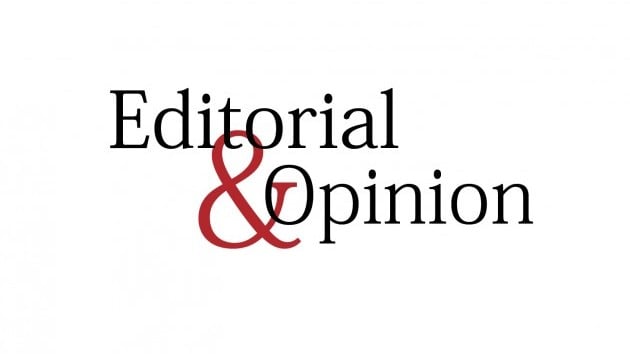
Circular debt has attained the status of a white elephant, and it is there to stay. At the root of all ills are the deals with Independent Power Producers (IPPs) that are taking a heavy toll on the public purse. Under a new plan of the Power Division, the government has Hobson's choice of either opting to settle the outstanding Rs1.8 trillion liabilities by issuing five-year fixed interest rate bonds or to refinance the existing debt. In both the cases, the power consumers will be on the receiving end. This fixation has deprived the people of the possibility of a price cut of Rs4 per unit on their already inflated electricity bills, wherein presently they are compelled to pay Rs24 per unit as capacity payment.
The horrifying statistics are unbelievable as the total cost of theft and low recoveries stand at Rs591 billion, which is projected to increase to Rs637 billion. They speak of glaring inefficiencies in the power sector coupled with corruption and a criminal oversight as money is siphoned off to around 40 Pakistani families who have their stakes in IPPs. Moreover, a staggering Rs390 billion are dues of Chinese plants, for which the government seeks to negotiate a rollover with Beijing.
With the IMF refusing an increase in public debt stock, the ministry's roadmap on circular debt payment has hit rocks. So is the case with the attempts to reschedule energy debt with China. The plot thickens as Chinese energy companies also rule out the possibility of renegotiating the contracts, related to profits and idle capacity payments agreed under the power purchase agreements.
This enigma of circular debt cannot be hushed away with arithmetical gimmicks. It necessitates a comprehensive action in which the underlining should be to relieve the masses of burden, and enable the economy to stage a comeback. With power tariffs highest in the region, it would be futile to think of bouncing back in exports and production. It is simply unacceptable that capacity payments account for 70% of the electricity tariff, with the remaining 30% being attributed to energy costs.




1732256278-0/ellen-(1)1732256278-0-165x106.webp)
1725877703-0/Tribune-Pic-(5)1725877703-0-165x106.webp)







COMMENTS
Comments are moderated and generally will be posted if they are on-topic and not abusive.
For more information, please see our Comments FAQ